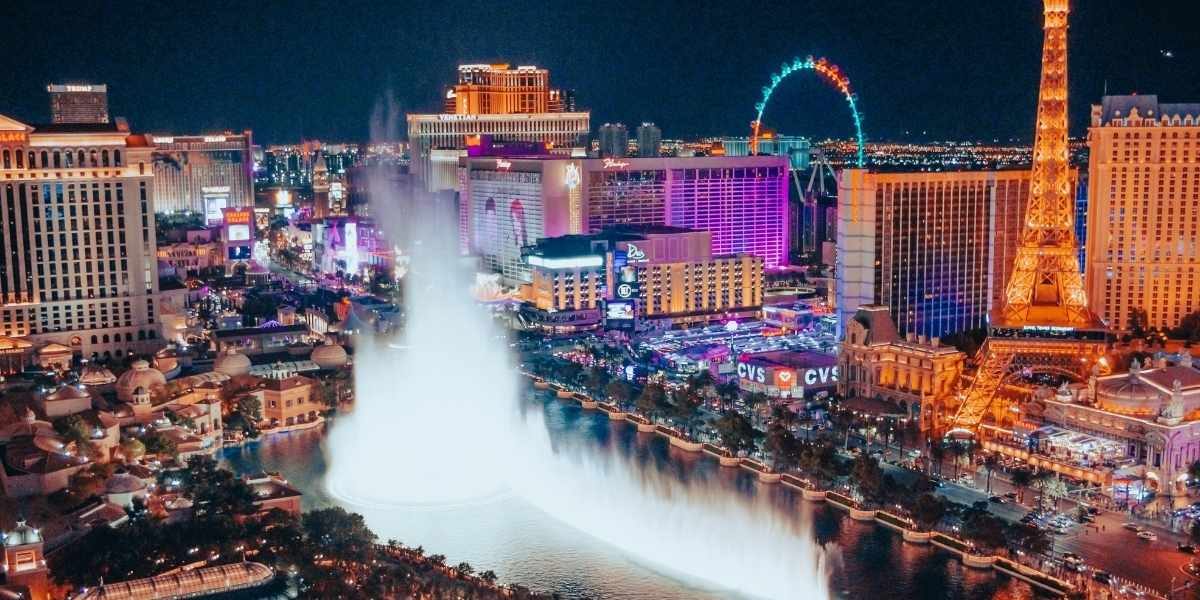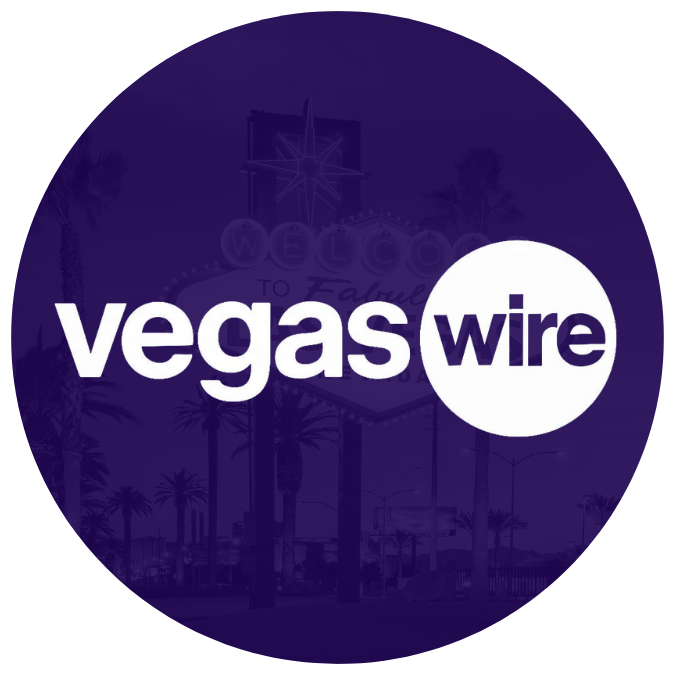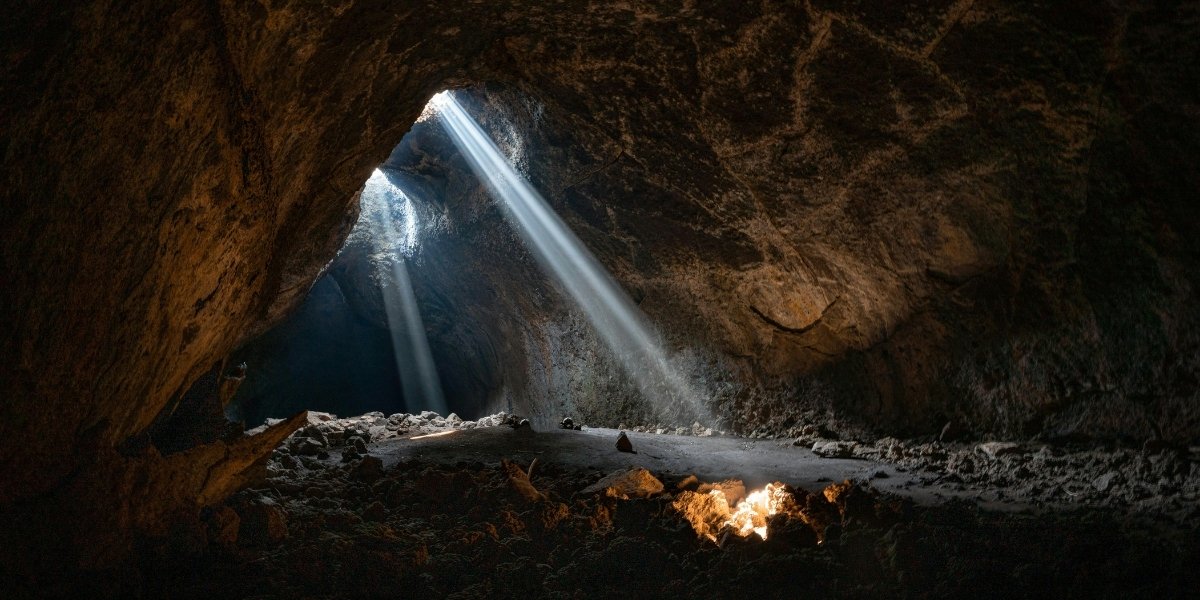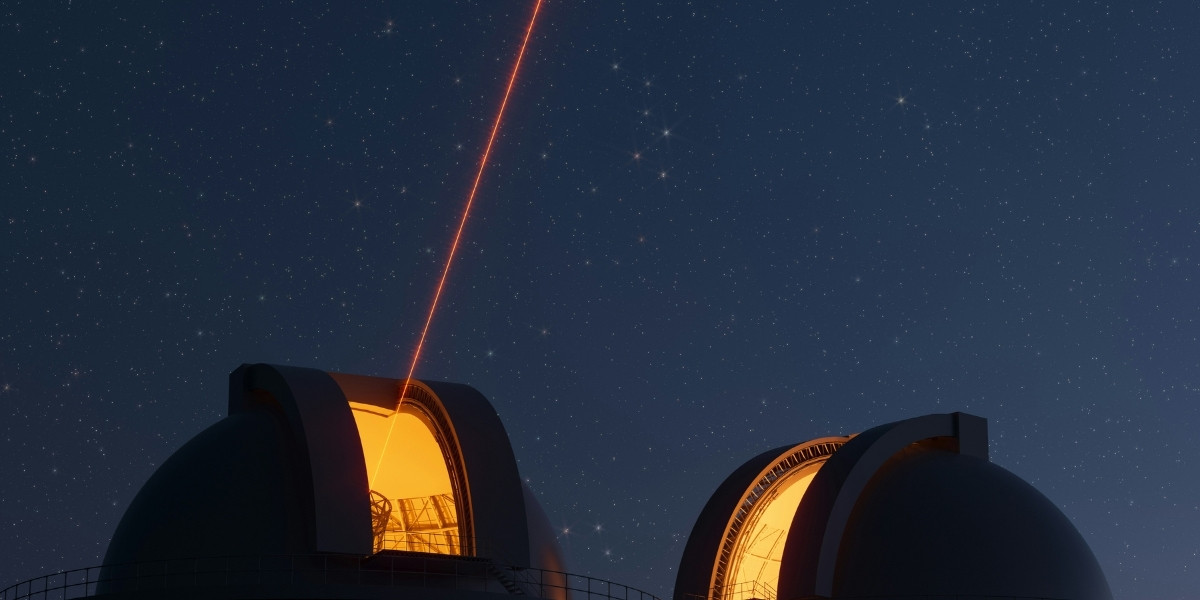Powering the Neon Heart of Las Vegas
Las Vegas is a spectacle of constant motion, flashing lights, and round-the-clock entertainment. Beneath the shimmering skyline and iconic neon glow lies an enormous engine—one fueled by electricity. The city’s energy needs are immense, shaped by its unique landscape, infrastructure, and culture of nonstop activity. Electricity consumption in Las Vegas isn’t just a matter of keeping the lights on; it’s a key component of its identity, economy, and sustainability journey.
Read Also: Las Vegas Airports: Everything You Need to Know
How Much Power Does the Strip Really Use?
The Las Vegas Strip is one of the most energy-intensive stretches of real estate in the world. Home to mega-resorts, sprawling casinos, luxury hotels, and elaborate attractions, the Strip never sleeps—and neither do its power meters. It is estimated that this small geographic area alone accounts for a large portion of the city’s total electricity consumption.
Massive fountains like those at Bellagio, powered lighting displays at Fremont Street, and the Luxor’s sky beam—the strongest in the world—all contribute to the Strip’s energy appetite. These attractions are not just symbolic of the city’s flair; they are literal beacons, requiring vast amounts of power every second.
Casinos operate 24/7, using electricity for gaming machines, climate control, lighting, surveillance, and entertainment systems. Even hotel rooms, which may seem dormant during certain hours, must maintain a baseline of electricity use for systems such as HVAC and digital operations. In a city designed to dazzle, that dazzle has a cost—and it’s paid in kilowatt-hours.
What Drives Residential and Commercial Electricity Use?
Away from the glitz of the Strip, the broader Las Vegas Valley still experiences high energy usage. Residential electricity consumption is heavily influenced by the desert climate. During summer months, temperatures regularly exceed 100°F, leading to widespread use of air conditioning. Cooling systems run nearly nonstop, especially in older homes lacking advanced insulation or energy-efficient upgrades.
Commercial buildings, including shopping centers, offices, and warehouses, contribute their share to the energy load. Even beyond entertainment, the region’s economy relies on power-intensive industries like data centers and logistics hubs. Schools, hospitals, and government facilities must also remain fully powered, adding to the daily demand.
Unlike many cities where energy use dips overnight, Las Vegas’s late-night culture means a relatively constant pull on the power grid. Restaurants, bars, and service industries maintain late hours, further blurring the traditional peak usage windows.
Where Does Las Vegas Get Its Power?
The city’s electricity consumption is supported by a diverse energy portfolio, with NV Energy as the main utility provider. Natural gas remains a primary source, but Nevada is steadily expanding its renewable energy footprint, especially in solar power. The state ranks among the national leaders in solar generation, thanks to its abundant sunlight and favorable climate.
Solar farms across southern Nevada, including massive arrays like the Copper Mountain Solar Facility, feed the grid during daylight hours. Rooftop solar on homes and commercial buildings adds to the supply. Hydropower from the nearby Hoover Dam also contributes, though its output has been challenged by drought conditions affecting Lake Mead.
The transition to cleaner energy sources is ongoing, with plans for new solar projects and energy storage systems gaining momentum. This shift is not only environmental—it’s strategic, ensuring the long-term reliability of electricity for a city that can’t afford a blackout.
What Sustainability Efforts Are Underway to Reduce Usage?
Las Vegas is not ignoring its footprint. Many organizations, from private resorts to public institutions, are actively working to reduce electricity consumption and promote sustainable practices. The Las Vegas Convention Center has made strides by adopting energy-saving upgrades, including LED lighting and efficient HVAC systems.
Notably, the Formula 1 Heineken Las Vegas Grand Prix’s Grand Prix Plaza achieved LEED Silver certification, a significant milestone in the city’s push for green operations. LEED, which stands for Leadership in Energy and Environmental Design, rewards structures that minimize environmental impact through efficient design and operation.
Resorts on the Strip have also begun investing in sustainability. Some are incorporating building automation systems to better manage lighting, temperature, and ventilation. Others are partnering with energy companies to purchase renewable energy credits or participate in green energy programs.
The city government supports these efforts by setting policy incentives and offering guidance for building owners aiming to upgrade their facilities. Sustainability is no longer an afterthought—it’s becoming a core element of how Las Vegas runs its operations.
How Is Technology Improving Energy Management in Las Vegas?
Technology is reshaping how electricity consumption is managed in Las Vegas. Smart thermostats, occupancy sensors, and real-time monitoring systems allow buildings to adjust their energy use based on actual demand. These tools help reduce waste and keep energy usage in line with need, not just habit.
Hotels now implement keycard-activated power systems in guest rooms, turning off unnecessary devices when rooms are vacant. Event venues use advanced lighting systems that adjust brightness based on time of day or activity. Even casinos, once synonymous with energy excess, are now integrating tech-driven solutions to trim consumption without compromising on experience.
City-wide, smart grid initiatives are helping NV Energy and local leaders monitor power usage more effectively. These systems can identify outages, manage load distribution, and even forecast peak periods, allowing for more efficient energy delivery. This type of innovation ensures that even as demand rises, the infrastructure remains stable and sustainable.
Read Also: The Real Meaning of ‘What Happens in Vegas’ Revealed
What Are the Broader Impacts of Las Vegas’s Energy Use?
The cost of electricity consumption in Las Vegas goes beyond utility bills. There are significant environmental and economic implications. High demand leads to increased strain on power plants, which in turn can raise emissions unless those plants rely on renewable sources. The push toward solar and other clean energy solutions is a response not just to environmental concerns but to practical ones—ensuring long-term affordability and resilience.
For businesses, energy efficiency translates to cost savings and improved reputation. Tourists increasingly value sustainability, and many companies view green operations as essential to maintaining public trust. The city’s efforts in sustainability, if successful, could serve as a model for other urban centers with similar climates and energy challenges.
On a broader scale, Las Vegas’s journey reflects a global shift. Cities around the world are grappling with how to meet growing energy demands while minimizing environmental impact. What happens in Vegas may not stay in Vegas—it may shape how future cities balance power and progress.








